Learn about the estimated lifespan of retaining walls in the Twin Cities.
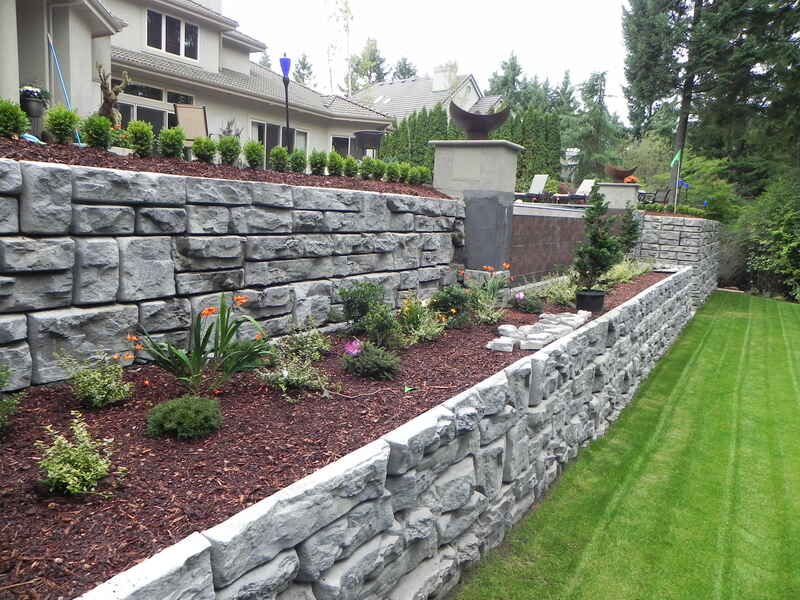
When Minnesota homeowners invest in a retaining wall, they're making a significant commitment to their property's long-term functionality and value. Understanding what affects retaining wall lifespan in our challenging climate – and how proper maintenance can extend that lifespan – is crucial for protecting your investment. As experienced retaining wall contractors serving the Twin Cities since 2004, we've seen what separates walls that last decades from those that fail prematurely.
Reinforced Concrete Walls: 50-75+ years
Natural Stone Walls (Mortared): 75-100+ years
Engineered Block Systems: 30-50+ years
Natural Stone Walls (Dry-stacked): 25-50+ years
DIY Block Walls: 5-15 years
Pressure-Treated Timber: 10-20 years in Minnesota
Railroad Ties and Reclaimed Timber: 5-12 years
Minnesota experiences an average of 40-60 freeze-thaw cycles each winter, creating expansion and contraction forces that can destroy poorly constructed walls. According to the Minnesota Department of Transportation, our frost penetration reaches 42 inches deep in the Twin Cities area.
Impact on Materials: Each freeze-thaw cycle subjects retaining walls to forces equivalent to small earthquakes. Materials not designed for this stress develop cracks that allow water penetration, leading to accelerated deterioration.
Critical Construction Elements:
Minnesota's clay soils are particularly challenging for retaining wall longevity. Clay expands when wet and contracts when dry, creating continuous pressure changes against wall structures.
Seasonal Soil Movement: Clay soils can expand up to 10% in volume when saturated, creating tremendous pressure against retaining walls. This is why proper drainage design is so critical for long-term performance.
Hydrostatic Pressure: Poor drainage allows water to build up behind walls, creating constant pressure that can cause failure even in well-built structures.
Road salt and ice melt products commonly used in Minnesota can accelerate concrete and metal deterioration.
Concrete Impact: Salt can penetrate concrete and corrode reinforcing steel, leading to structural failure
Metal Components: Drainage pipes, reinforcement, and hardware require corrosion-resistant materials
Protection Strategies: Proper concrete sealing and use of epoxy-coated or galvanized steel
Year 1: Post-Installation Care
Years 2-3: Early Monitoring
Years 4-5: First Professional Inspection
During this period, properly built retaining walls should perform flawlessly with minimal maintenance.
Annual Tasks:
Mid-term Updates:
Professional Assessment: Schedule detailed structural inspection
Drainage Upgrades: May need enhanced drainage as surrounding landscape matures
Surface Maintenance: Deep cleaning, resealing, or refinishing as appropriate
Landscape Management: Mature plants may need adjustment to prevent wall damage
Comprehensive Evaluation: Full structural and aesthetic assessment
Major Maintenance: Address any accumulated wear or minor structural issues
Upgrade Opportunities: Consider modern drainage improvements or aesthetic updates
Planning Ahead: Begin planning for any long-term renovations or replacements
Drainage System Inspection
Structural Assessment
Landscape Care
Surface Cleaning and Protection
Vegetation Management
Winter Preparation
Preventive Measures
Snow and Ice Management
Planning and Assessment
Horizontal Cracking: Indicates serious structural stress requiring immediate professional evaluation
Wall Tilting or Leaning: Sign of foundation problems or excessive soil pressure
Bulging or Bowing: Indicates wall is failing under pressure
Large Vertical Cracks: May indicate settling or structural movement
Standing Water: Behind or around wall indicates drainage failure
Ice Formation: Excessive ice buildup suggests poor drainage design
Erosion: Soil washing away from wall base indicates water management problems
Efflorescence: White mineral deposits on concrete indicate water infiltration
Spalling Concrete: Surface concrete flaking off indicates freeze-thaw damage
Loose Mortar: Mortar falling out of joints in stone or block walls
Rust Stains: Indicate corrosion of internal reinforcement
Vegetation Growth: Plants growing from wall joints indicate structural gaps
Professional structural assessment by qualified engineer or contractor:
Annual Cleaning: $50-100 in materials and supplies
Basic Drainage Clearing: $25-50 in tools and time
Landscape Maintenance: $100-300 depending on scope
Minor Surface Repairs: $75-200 for materials
Annual Professional Inspection: $200-500
Drainage System Maintenance: $300-800
Surface Refinishing: $500-1,500 per 100 linear feet
Minor Structural Repairs: $500-2,000 depending on scope
Budget approximately 1-3% of original wall cost annually for proper maintenance:
Modern drainage technology can significantly extend wall life:
Concrete Sealers: High-quality penetrating sealers protect against water and salt
Waterproofing Membranes: Behind-wall protection prevents water infiltration
Corrosion Protection: Proper coatings for metal components
Working with experienced contractors like Preferred 1 Concrete ensures upgrades use proven techniques:
Since 2004, we've built retaining walls throughout the Twin Cities that continue to perform excellently decades later. Our approach emphasizes:
Quality Initial Construction: Building right the first time to maximize lifespan
Ongoing Support: Maintenance guidance and services throughout wall lifetime
Upgrade Services: Enhancing existing walls with modern improvements
Emergency Response: Quick response when problems develop
We offer comprehensive maintenance programs for retaining walls we've built:
Preventive Maintenance Cost: $200-800 annually
Major Repair Costs: $3,000-10,000+ when problems develop
Replacement Costs: $15,000-50,000+ for typical residential walls
The math clearly shows that consistent maintenance provides excellent return on investment, often extending wall life by 50-100% while maintaining optimal performance and appearance.
Minnesota retaining walls can provide decades of reliable service when properly built and maintained. The key factors for longevity are quality initial construction, appropriate materials for our climate, and consistent preventive maintenance throughout the wall's lifetime.
Understanding the 20-year maintenance timeline helps homeowners budget appropriately and take proactive steps that prevent expensive problems. While Minnesota's harsh climate presents challenges, proper care ensures your retaining wall investment provides excellent performance and value for many decades.
The most successful retaining wall owners are those who view their walls as long-term landscape investments requiring ongoing care, much like concrete driveways or other major hardscape elements.
Ready to ensure your retaining wall provides decades of reliable service? Contact Preferred 1 Concrete for professional maintenance services or to discuss how proper care can extend your wall's lifespan. We've been helping Twin Cities homeowners protect their retaining wall investments since 2004, and we're here to help you get maximum value from your landscape investment.

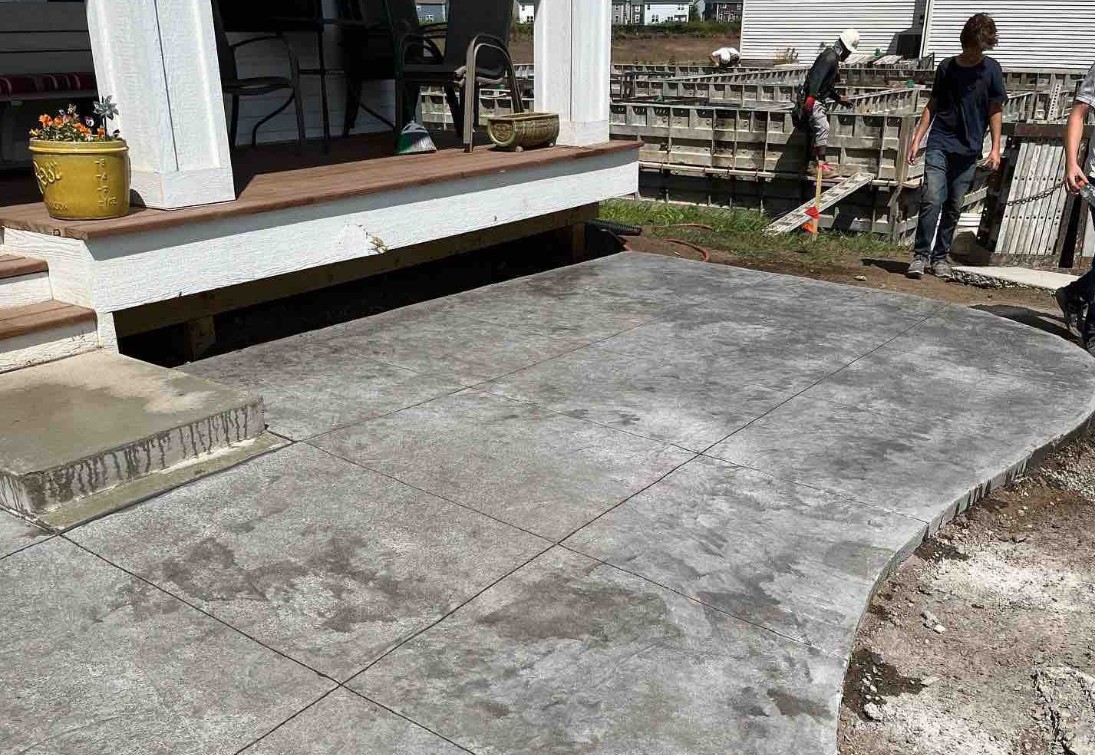



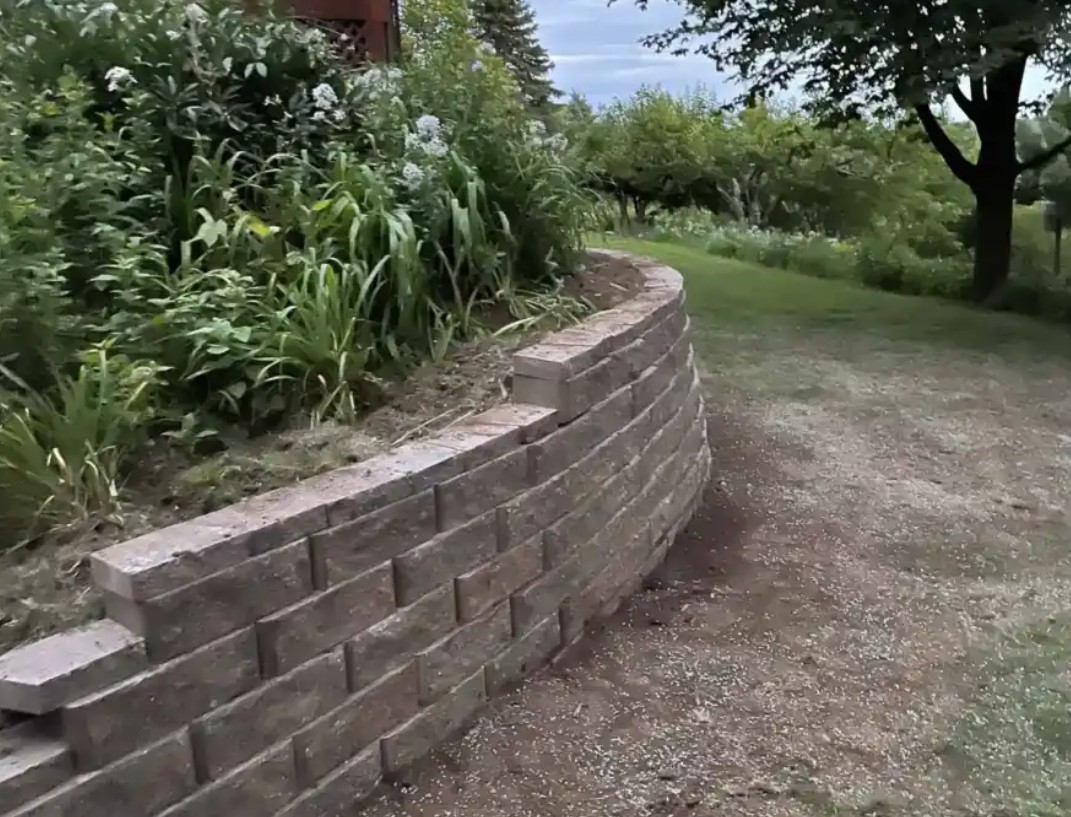



















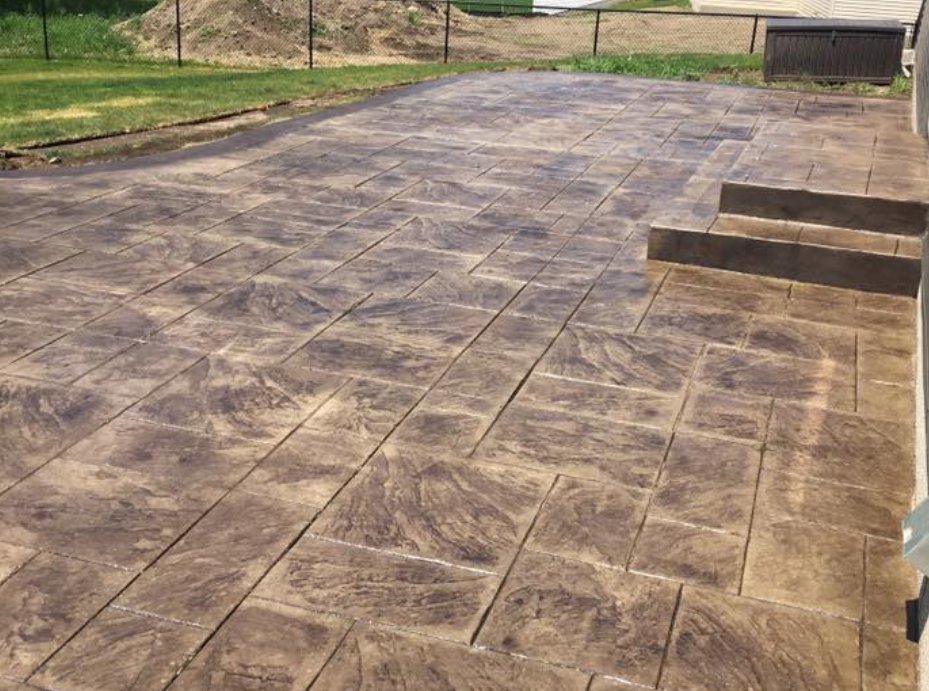











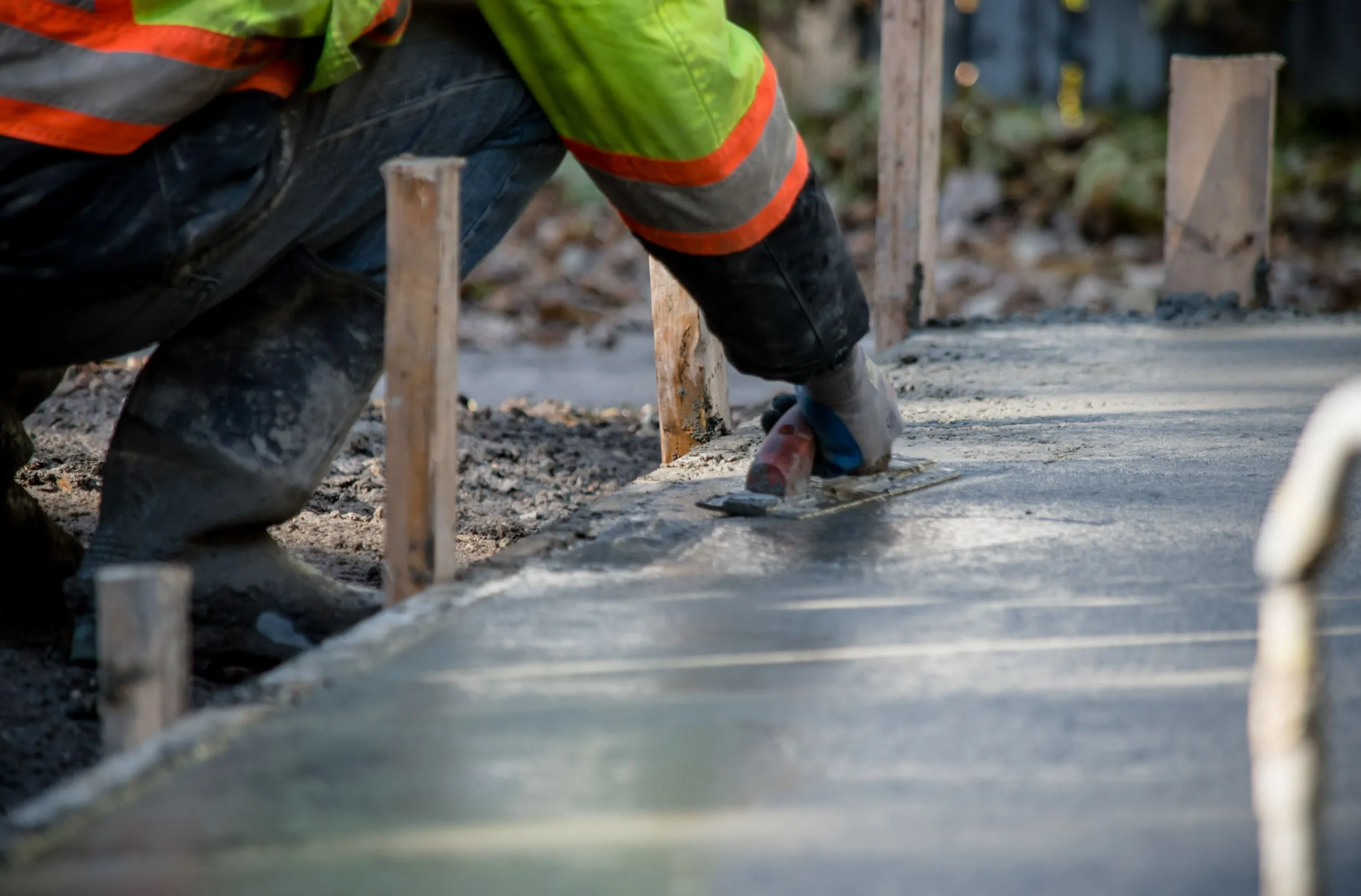







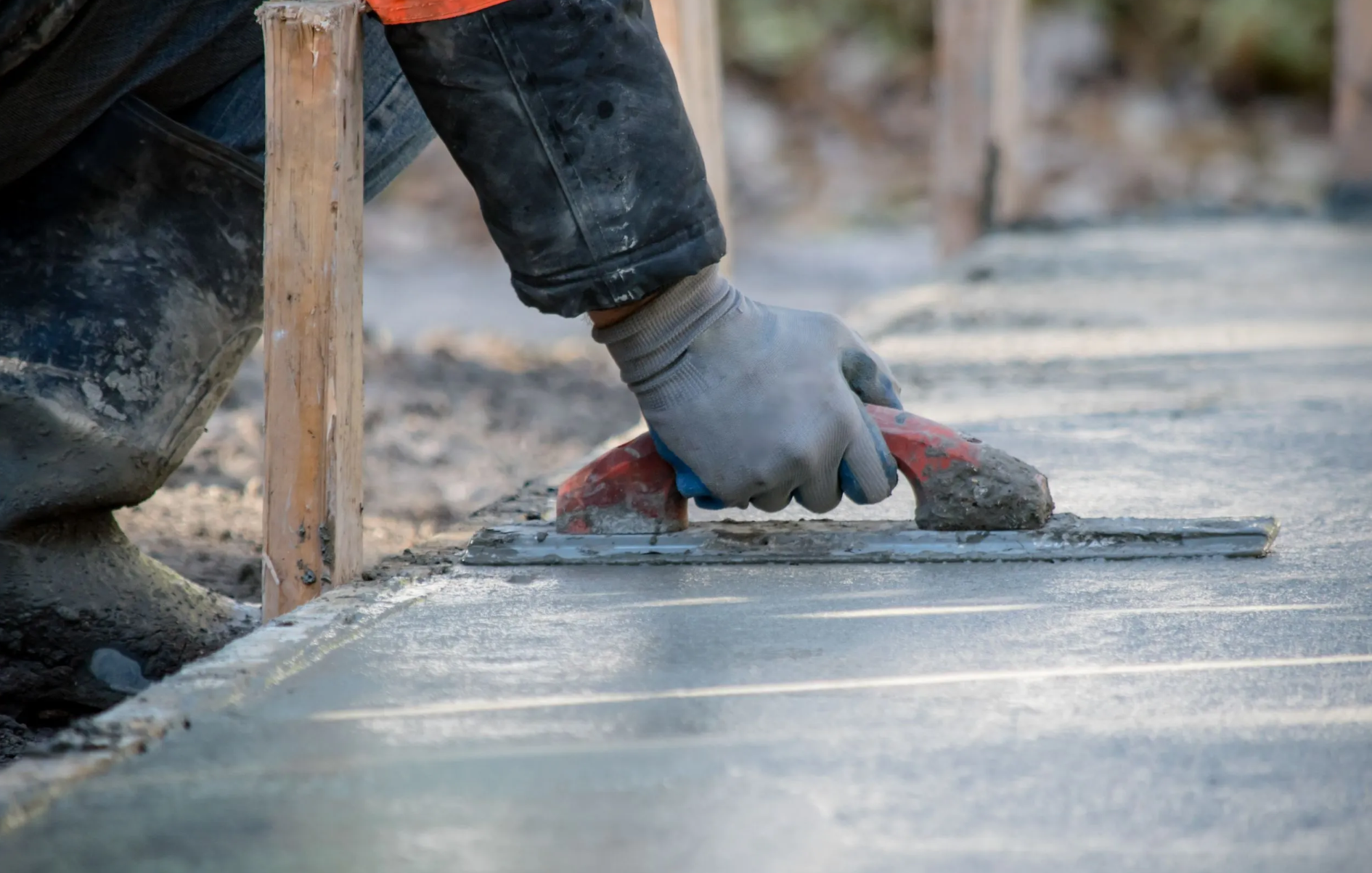







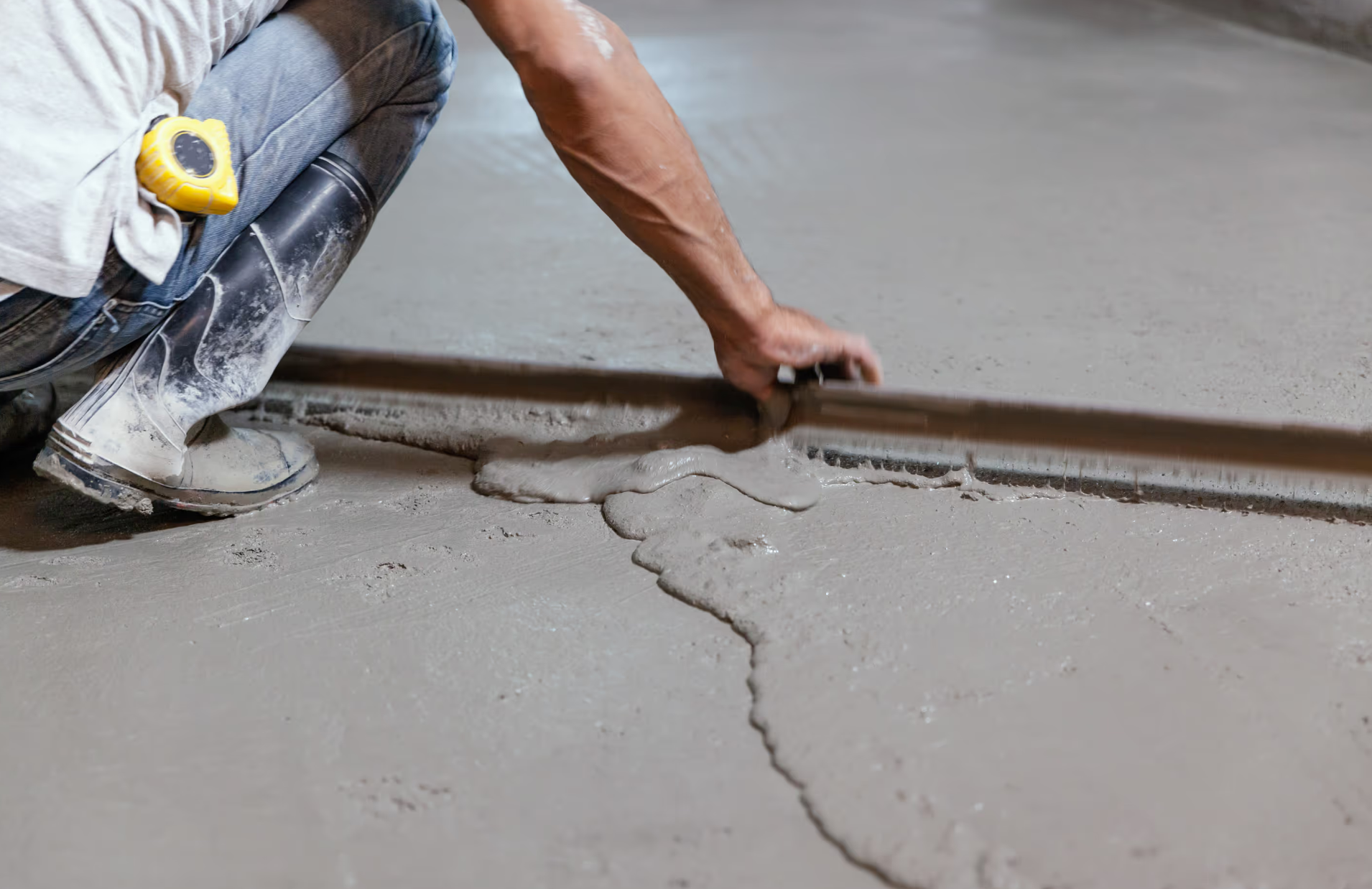























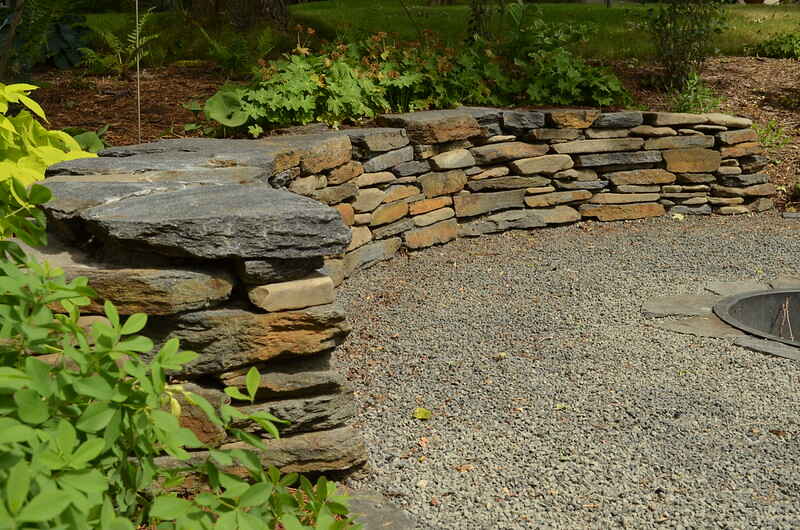











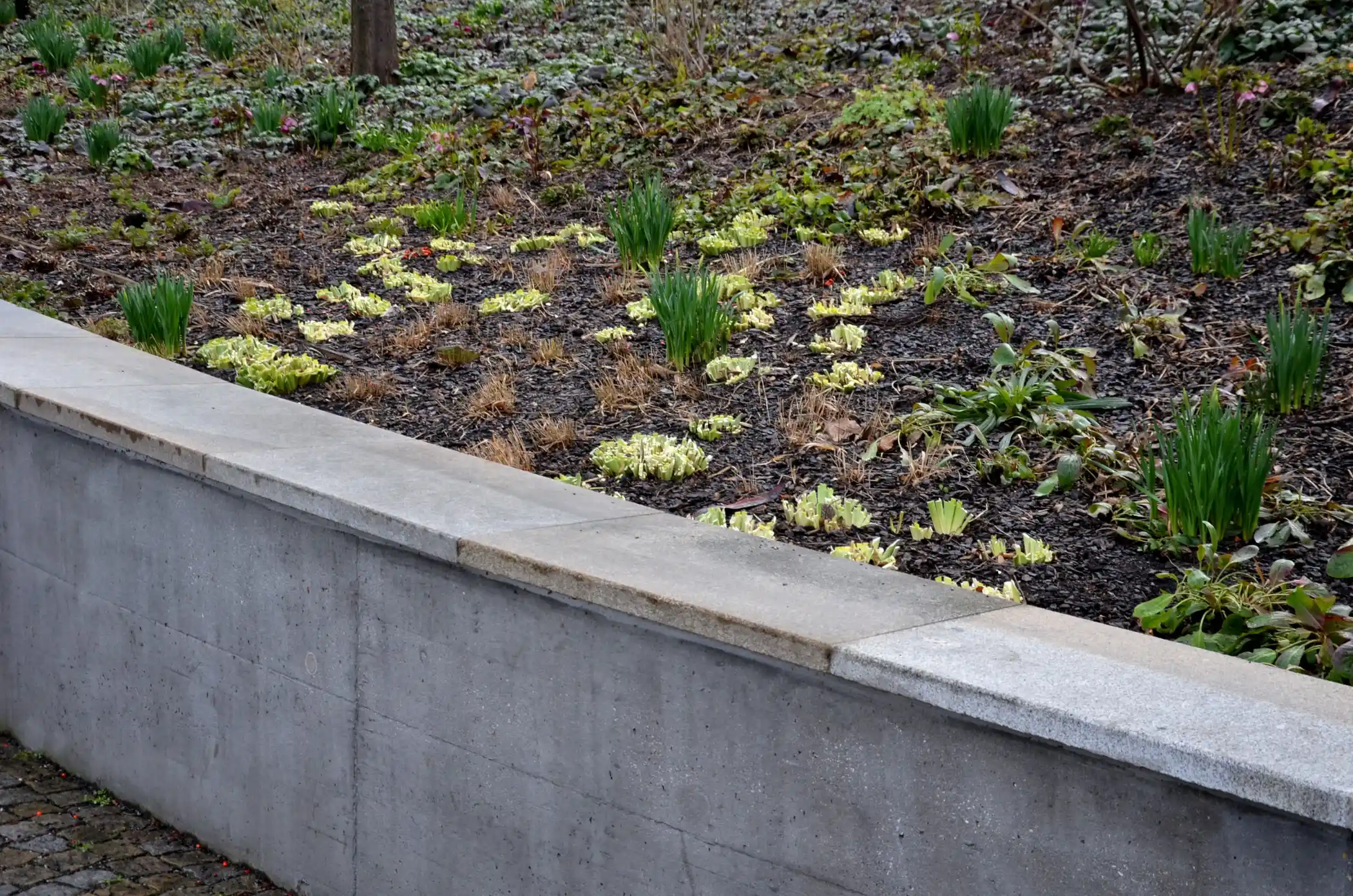







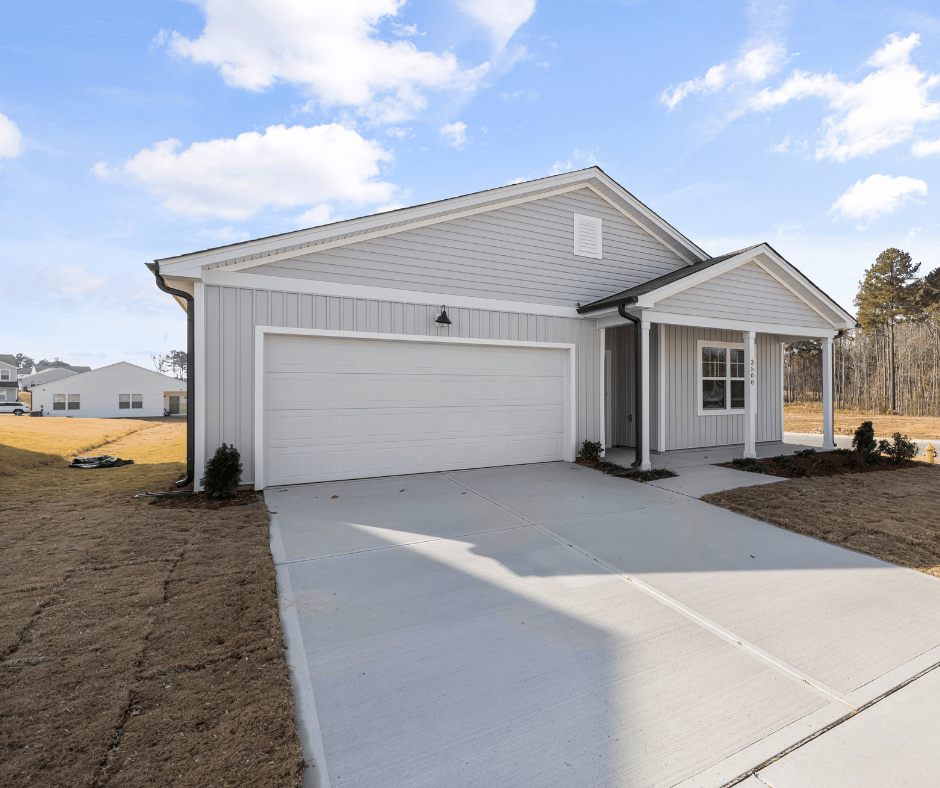







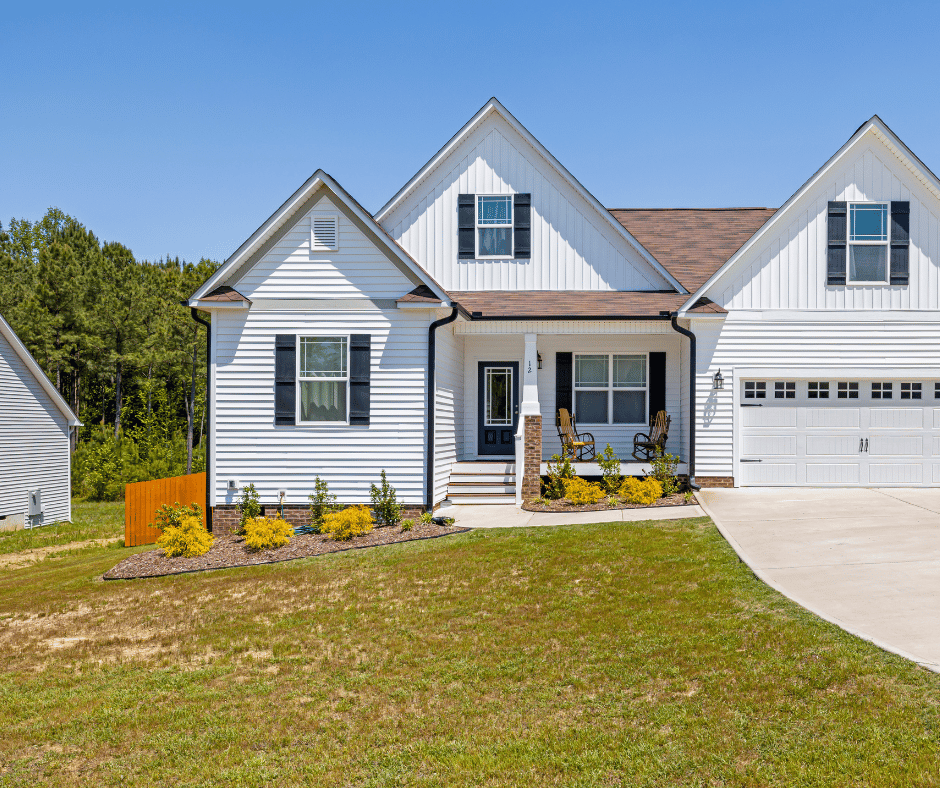



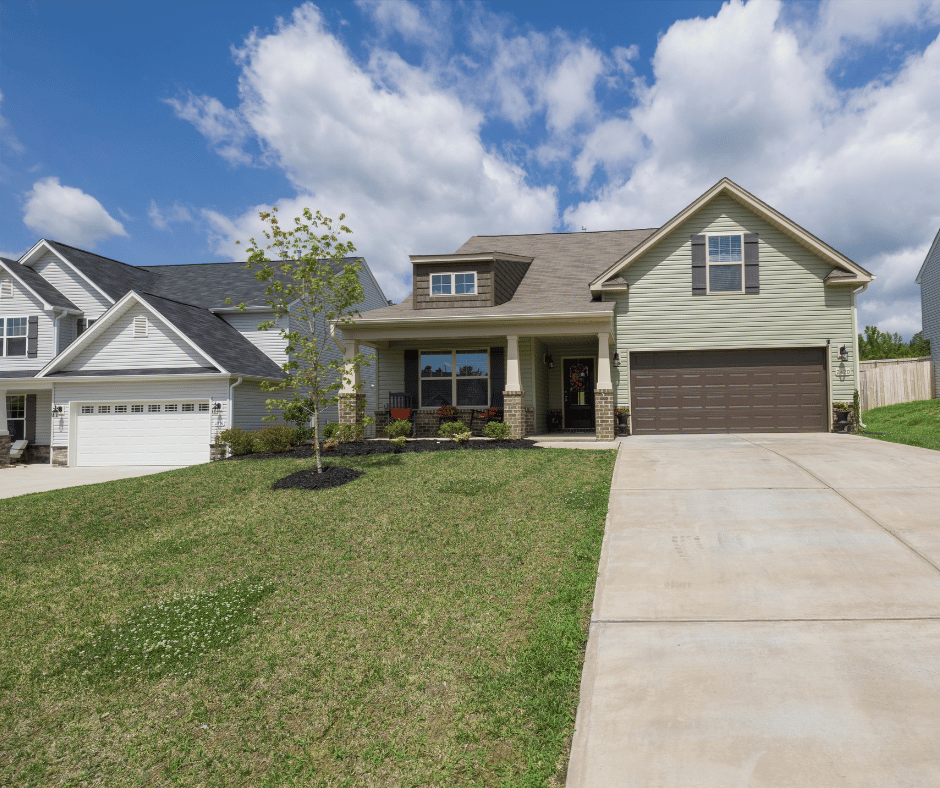



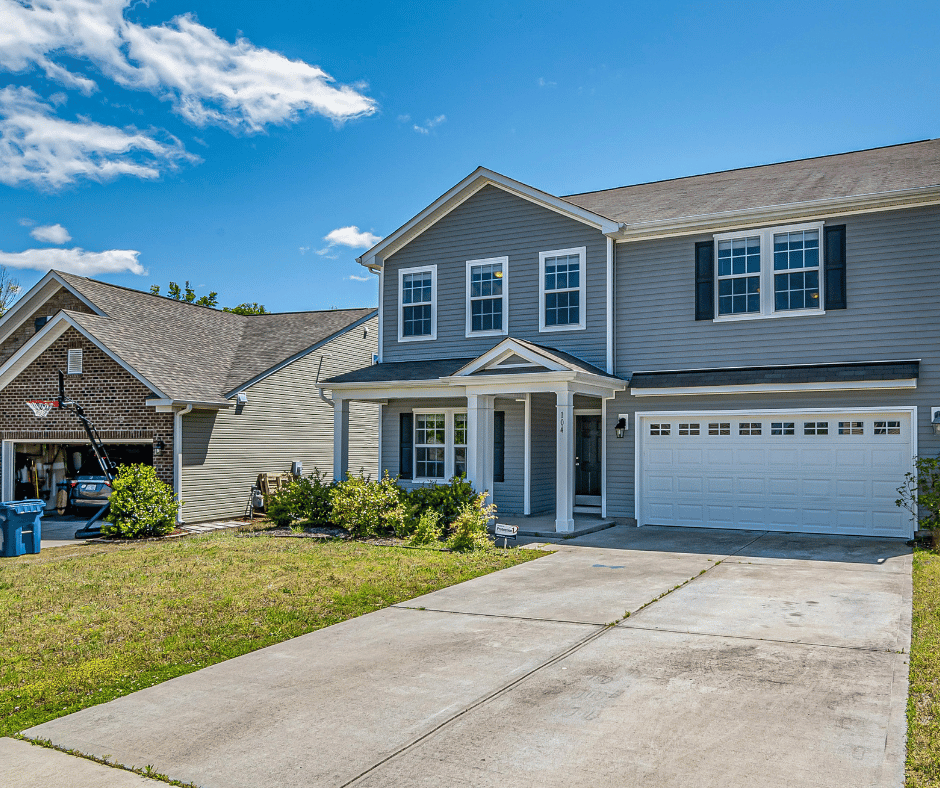











.png)



.png)













































































